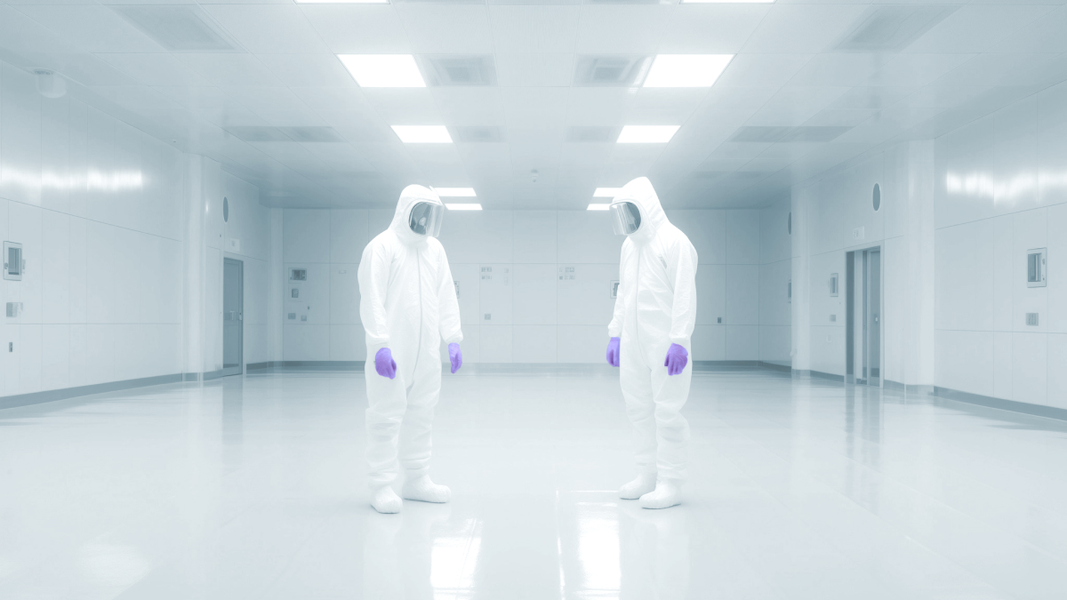
Today, cybercriminals are developing ever more sophisticated ransomware tactics, social engineering scams, and brute force attacks on organizations’ operations and their data. The same advancements that make leaps in innovation, speed, and efficiency possible can also be exploited to access sensitive data and systems.
And unfortunately, these criminal tactics are working. Two out of every three organizations in the U.S. experienced ransomware attacks in 2023. Large enterprises are not the main targets; organizations of all sizes are vulnerable. Those with just 100 to 250 employees were as likely to experience a ransomware attack (62%) as those with more than 3,000 (63%). Beyond the cost of expenses, including, potentially, the ransom itself, downtime averages $365,000 an hour in revenue loss. When you consider that the average recovery time is three weeks, it becomes clear how devastating these attacks can be.
A Warning from the FBI
Faced with these sobering statistics, it’s clearly no longer enough to be proactive about cyber defenses. The FBI regards a cybersecurity breach at every organization—including yours—as a matter not of “if,” or even “when,” but “how often.”
That’s why it’s become essential to “embrace the breach” and cultivate cyber-resiliency: an organization’s ability to bounce back from data breaches and attacks. Most organizations have some kind of business continuity and disaster recovery plan in place to retrieve and restore critical data, systems, and functionalities in the event of a natural disaster or hardware failure affecting their data centers.
Unfortunately, many organizations’ cyber recovery processes, practices, and technology aren’t sufficiently mature, understood, and codified to recover from an attack targeting their security vulnerabilities and valuable data. And such insufficient protections against cybercrime may pose an existential threat.
While 95% of respondents to one survey of IT decision makers indicated their company had a disaster plan, only 24% said theirs was well documented, tested, and updated. For cyber recovery testing, that percentage is likely even lower.
Being a truly cyber-resilient organization means testing your security plan regularly in a secure digital environment isolated from other systems, to help ensure restored data will remain uncorrupted by malware, viruses, or other external threats.
Exercises vs. Real-World Recovery
The complexity of contemporary technical infrastructure, the lack of resources and staff expertise, and the evolving nature of cyber threats all create a massive barrier preventing many organizations from integrating recovery plans that are adequate for today’s business and technological landscape.
Enterprise environments can span multiple cloud platforms, virtual machines, and physical servers. Plus, the rise of remote and hybrid work arrangements means that physical infrastructure and IT staff may be distributed across locations and platforms, adding more layers of vulnerability, complexity, and confusion.
In addition, a robust recovery plan must constantly be tested and updated. A blueprint that works in theory may be no match for a real-world crisis.
Tabletop exercises and walk-throughs may not reveal hidden gaps or obstacles in data recovery, nor can they validate data and system recovery. Unexpected issues may arise due to changes or updates in technologies. Even traditional stress tests do not allow for forensic analysis or the provision of a securely walled-off environment for data recovery efforts.
Cleanrooms for Clean Testing
Establishing and maintaining cyber-resiliency require ongoing testing end-to-end across operations and infrastructure, including cloud applications and internal databases.
In addition to establishing processes to identify threats and mitigate damage, cyber-resilient organizations engage in secure forensic analysis that can spot and remediate anomalies and root causes of breaches.
Organizations also need to test and validate data integrity and functionality after recovery—a task that can use up massive amounts of technology resources and pose a risk to the live operations environment if it’s not carried out with sufficient planning and guardrails. This is a serious challenge for internal teams to orchestrate and schedule.
That’s why the cleanroom plays such a critical role in your organization’s resilience.
While cleanrooms offer an isolated, safe, sanitized environment for data recovery, building them has historically required heavy investing in costly dedicated infrastructure.
Today, a cloud-based cleanroom software solution can help organizations of any size protect their operational and data assets with virtually air-gapped environments in which to safely and securely recover data.
Greater Growth Opportunity
A well-designed, robust cleanroom dashboard supports transparency and visibility across teams, enhancing their ability to identify a breach and initiate recovery processes quickly and efficiently. This puts achieving and expanding cyber-resiliency built for today’s ongoing threats within reach even for small and medium-size organizations while streamlining and simplifying operations for large enterprises.
Organizations with advanced cyber-resiliency save an average of $48 million a year. However, building cyber-resiliency with a cloud-based cleanroom solution does more than provide organizations with peace of mind and prevent potential losses—it can give them more time and resources to focus on their growth-oriented innovations and opportunities instead of playing defense.
Hear from experts about how Cleanroom Recovery can prevent financial loss and enhance business continuity. Register for our webinar to learn more.

